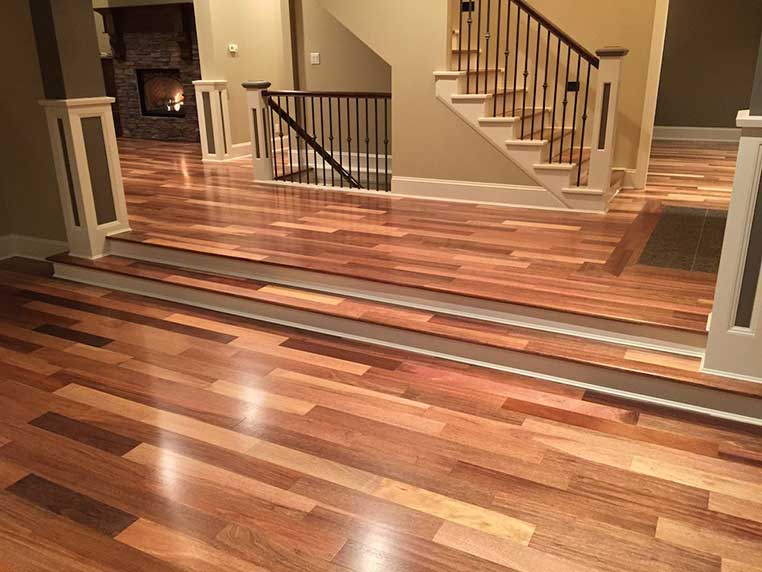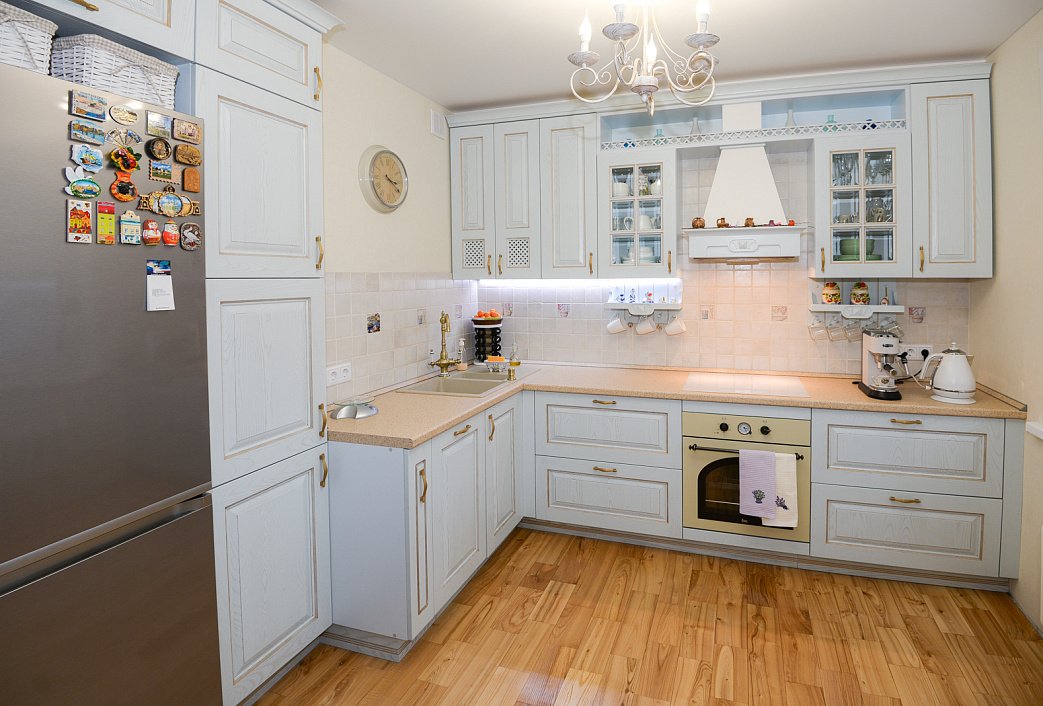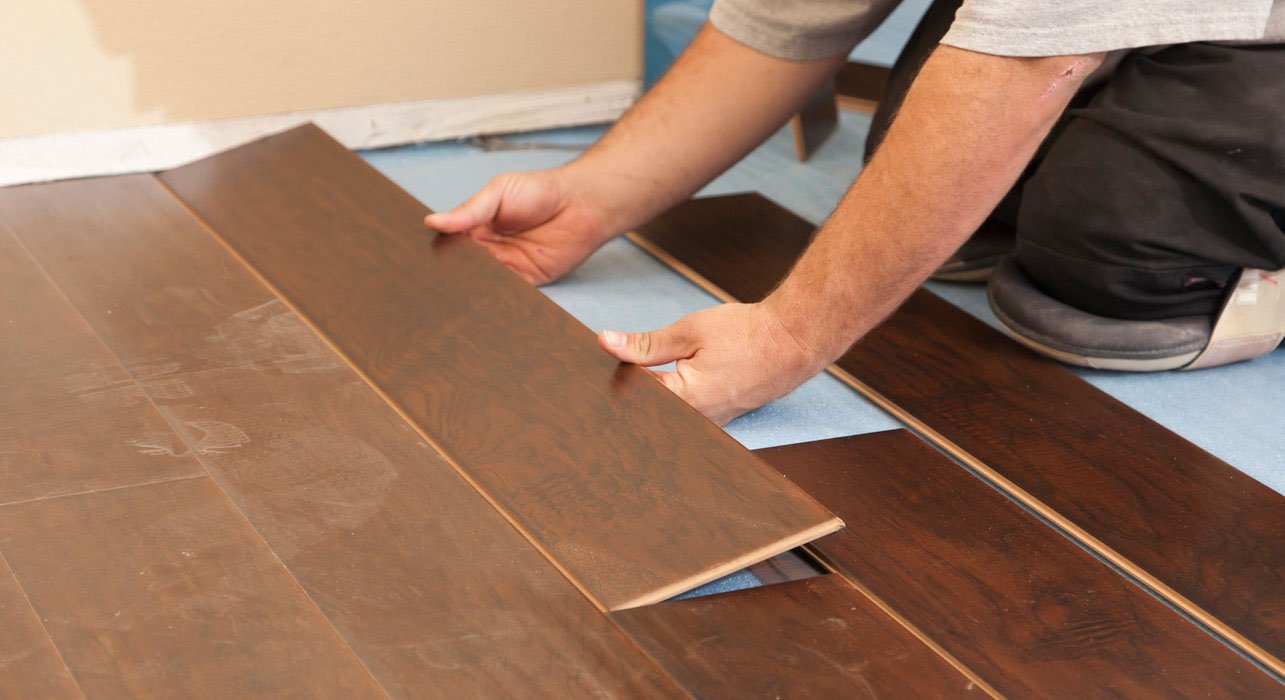Hardwood Vs. Engineered Wood: Floor Sanding And Polishing Considerations

Overview
Floor sanding and polishing is a crucial step in maintaining the beauty and longevity of wooden floors. Whether you have hardwood or engineered wood, choosing the right type of wood for this process is essential.
In this blog post, we will explore the differences between hardwood and engineered wood floors and discuss Floor Sanding And polishing in the Melbourne Eastern Suburbs considerations when choosing professionals.
Understanding Hardwood Floors
Hardwood floors are made from solid wood and have been popular for centuries. They are known for their durability, natural beauty, and timeless appeal. Hardwood floors are available in various species, including oak, maple, walnut, and cherry, each with its own unique characteristics and grain patterns.
One of the main benefits of hardwood floors is their durability. They can withstand heavy foot traffic and are resistant to scratches and dents. Hardwood floors can be refinished multiple times, allowing you to restore their original beauty and extend their lifespan.
Exploring Engineered Wood Floors
On the other hand, engineered wood floors are composed of multiple layers of wood veneers stacked together and bonded with adhesives. The top layer is made of real hardwood, while the lower layers are typically plywood or high-density fiberboard (HDF). This construction gives engineered wood floors excellent stability and resistance to moisture compared to solid hardwood.
Engineered wood floors offer several advantages over hardwood floors. Firstly, they are more resistant to changes in temperature and humidity, making them suitable for areas with fluctuating climate conditions. Additionally, engineered wood floors can be installed over concrete slabs and below-grade spaces, expanding their versatility.
In some cases, engineered wood may be a better choice over hardwood. For instance, if you’re planning to install the flooring in a basement or a bathroom, where moisture levels are higher, engineered wood can provide improved performance and durability.
Floor Sanding Basics
Floor sanding is the process of removing the top layer of wood to eliminate imperfections, scratches, and marks. It helps restore the smoothness and evenness of the surface before polishing. Before starting the sanding process, it’s important to prepare the floor by removing any furniture, carpeting, or other obstructions.
To effectively sand a wooden floor, you’ll need a floor sander, sandpaper with varying grits, a vacuum cleaner, and protective gear such as goggles and a respirator. Start with coarse-grit sandpaper to remove the old finish, and gradually work your way up to a finer grit for a smoother finish. Make sure to sand in the direction of the wood grain to avoid creating swirl marks.
Polishing Techniques for Wooden Floors
Polishing is essential after sanding to protect the newly exposed wood and enhance its appearance. There are different polishing techniques available, including oil-based and water-based finishes.
Oil-based finishes, such as polyurethane, provide a durable and long-lasting protective layer. They bring out the natural beauty of the wood, deepen its color, and provide a warm, glossy finish. Water-based finishes, on the other hand, offer a more environmentally friendly option. They dry faster, have a minimal odor, and provide a clear and natural-looking finish.
When choosing a polishing technique, consider the type of wood you have. Some woods, like oak, are more receptive to oil-based finishes, while others, like maple, work better with water-based finishes. When selecting a polishing technique, it’s also essential to consider maintenance requirements, drying time, and desired aesthetic factors.
Factors to Consider When Choosing Between Hardwood and Engineered Wood
When deciding between hardwood and engineered wood for floor sanding and polishing in the Melbourne Eastern Suburbs, there are several factors to consider.
Maintenance requirements: Hardwood floors may require more maintenance, including periodic refinishing, while engineered wood floors generally have a protective layer that reduces the need for refinishing.
Cost considerations: Hardwood floors are generally more expensive than engineered wood floors in terms of material and installation. However, hardwood floors can add significant value to your home and may be worth the investment.
Specific scenarios: Because engineered wood is more moisture resistant than other types of wood, it can be a better option if you want to install wood flooring in a high-moisture region or below grade.

Conclusion:
Choosing the right type of wood is crucial for achieving the desired results regarding floor sanding and polishing Melbourne Eastern Suburbs from professionals. Hardwood floors offer durability and timeless beauty, while engineered wood floors provide versatility and stability. Consider maintenance requirements, cost considerations, and specific scenarios before deciding. By understanding the differences between hardwood and engineered wood, you can make an informed choice that meets your needs and enhances the beauty of your home
Related Posts

Elevate Your Space with Elegance: The Allure of Wooden Flooring

Seven Financial Benefits of Wood Flooring for Your Home

